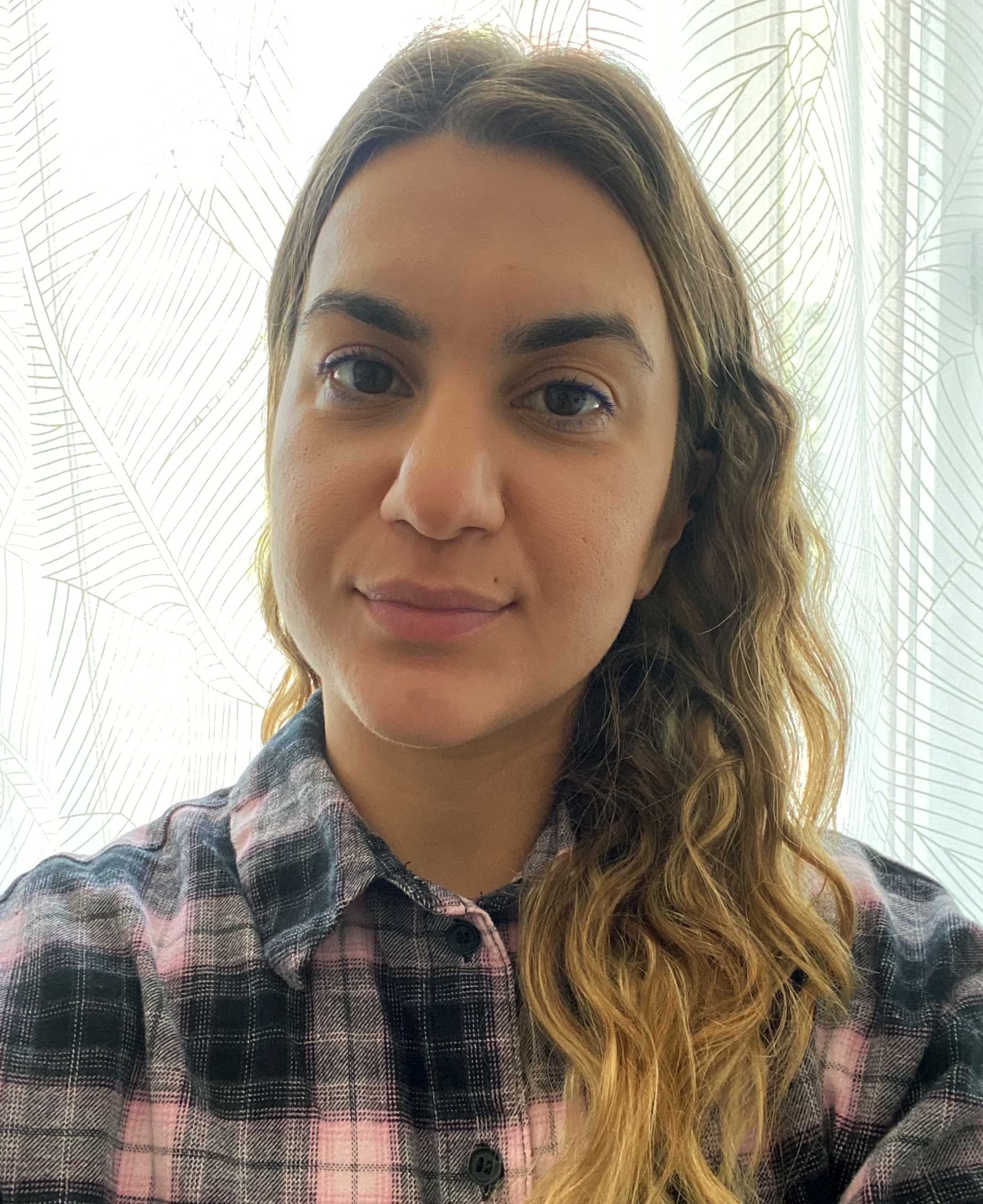Uncovering prognostic biomarkers in patients with mycosis fungoides and Sézary syndrome using spatial omics
Purpose and aims
The overall purpose of this study is to identify a novel and clinically reliable biomarker signature to predict disease progression in patients with Mycosis fungoides (MF) and Sézary syndrome (SS). Within the scope of the two-year postdoctoral position, the primary aim is to discover immunological changes in tissue samples collected from the clinical trial participants at baseline and over the course of 12 months in order to investigate a new biomarker expression pattern associated with disease progression. Phenotypic profiling of immune cell subpopulations and in-situ multiplexed RNA and protein expression analysis in the lymphoma microenvironment will be performed. Disease severity and response to treatment will be assessed for each identified biomarker. The significance of association and predictive power of the latter will be validated and compared against traditional parameters currently in clinical practice.
State-of-the-art
MF and SS are the most common types of cutaneous T cell lymphomas (CTCL) (1). They are clinically, histologically, phenotypically and genetically a very heterogeneous group of disease. MF is the most common type with a chronic and indolent manifestation for which clinical course of progression is unpredictable (2). In contrast, SS is a rare and more aggressive type exhibiting poor disease outcome. In general, male predominance (2:1) is manifested, while female patients demonstrate a better disease prognosis than men, which has been previously attributed to a potential effect of oestrogens on immune cell function (2). Although much progression has been accomplished for the management of patients’ treatment according to disease stage, the response to treatment is often unpredictable and 34% of patients at early stages will eventually progress (2). Therefore, there is still the unmet need to identify reliable markers for prediction of disease progression. In the last decade, data mainly from retrospective studies derived from large cohorts of patients have identified important clinicopathological prognostic factors (1, 2). Increasing age (>60 years), male gender, large-cell transformation in the skin, increased levels of serum lactate dehydrogenase (LDH), an identical T-cell clone in the blood and skin as well as loss of CD7 T cell antigen have been associated with worse overall survival (OS) (1, 2). Additional parameters including the number of tumour infiltrating FOXP3+ Tregs has been inversely associated with disease stage and patients’ survival (3). However, at the present moment the exact sequence of events facilitating disease progression remains unclear (4).
Collaboration
The project is connected to the BIO-MUSE clinical trial headed by Kristina Drott at Skåne University Hospital (SUS), and in close contact with the collaboration partners of the study including Emma Belfrage, SUS and Hanna Brauner, Karolinska Institute and several other experts in dermatology, oncology, microbiology and immunology at SUS.
References
- Scarisbrick JJ, Prince HM, Vermeer MH, Quaglino P, Horwitz S, Porcu P, et al. Cutaneous Lymphoma International Consortium Study of Outcome in Advanced Stages of Mycosis Fungoides and Sezary Syndrome: Effect of Specific Prognostic Markers on Survival and Development of a Prognostic Model. Journal of Clinical Oncology. 2015;33(32):3766-73.
- Agar NS, Wedgeworth E, Crichton S, Mitchell TJ, Cox M, Ferreira S, et al. Survival Outcomes and Prognostic Factors in Mycosis Fungoides/Sezary Syndrome: Validation of the Revised International Society for Cutaneous Lymphomas/European Organisation for Research and Treatment of Cancer Staging Proposal. Journal of Clinical Oncology. 2010;28(31):4730-9.
- Gjerdrum LM, Woetmann A, Odum N, Burton CM, Rossen K, Skovgaard GL, et al. FOXP3+ regulatory T cells in cutaneous T-cell lymphomas: association with stage and survival. Leukemia. 2007;21(12):2512-8.
- Nicolay JP, Felcht M, Schledzewski K, Goerdt S, Geraud C. Sezary syndrome: old enigmas, new targets. Journal Der Deutschen Dermatologischen Gesellschaft. 2016;14(3):256-64.


